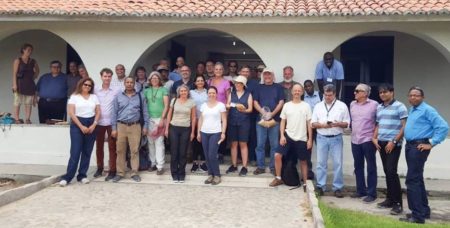Traditional extension does not always provide the most useful information to farmers
You don’t say. Anyway, that’s the first finding of a review of “nearly 50 randomised evaluations on the constraints to the productivity and profitability of smallholder farming” carried out over the past eight years by the Agricultural Technology Adoption Initiative (ATAI) with support from the Gates Foundation. Here’s the second:
At the same time, training and information services can be critical in contexts where novel technologies are being promoted
So what can be done about it? Here’s the short version:
- tailor information to individual farmers
- use tools that make information easier to understand
- leverage social networks
- offer extensionists performance-based incentives
- move beyond price information
If you want to hear it from the horse’s mouth, try this:
What did 50 RCTs teach us about agricultural extension services?
1. Traditional extension is often useless
2. Training and information is particularly important where novel technologies are being promoted
3. Accessible and customised information helps change behaviour
(1/3)— Adam Kessler (@apkessler) January 14, 2019
Is the game worth the candle? Well…
…we…acknowledge that the productive potential of better information dissemination is fundamentally limited by the value of the content being disseminated, and many of these positive results are associated with relatively small improvements in farmer welfare.
So maybe not. What strikes me, though, is that the underlying paradigm is still one-way flow, i.e. FROM extentionists TO farmers. In the context of management of agricultural biodiversity, I’d actually like to see more information going the other way.
